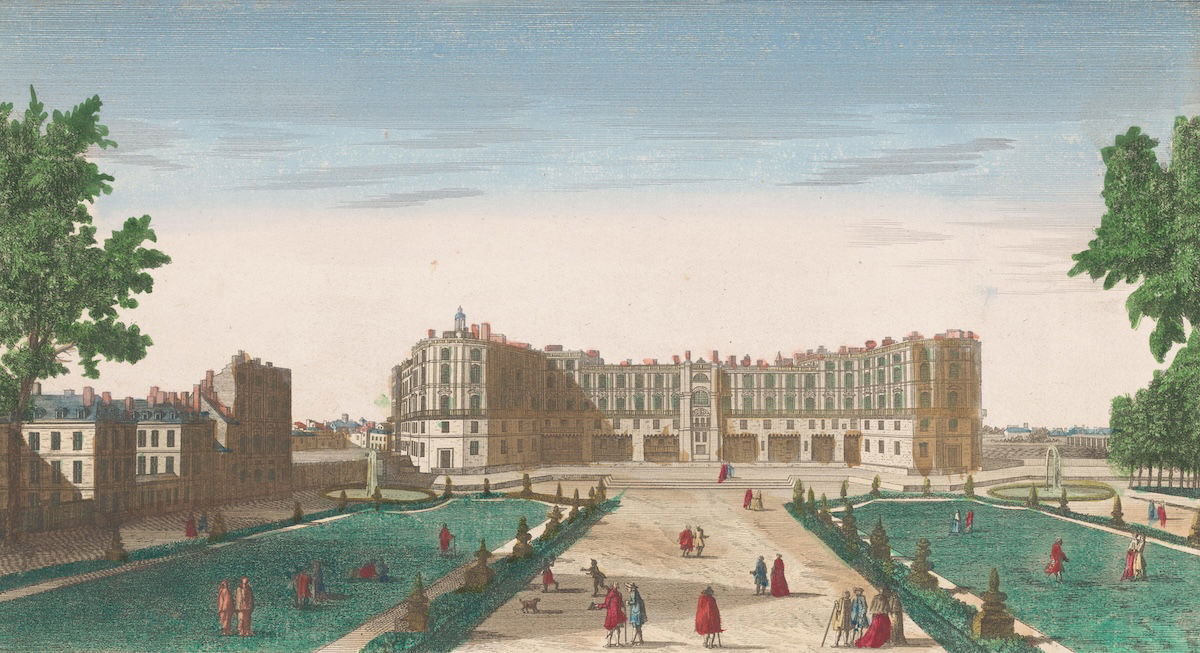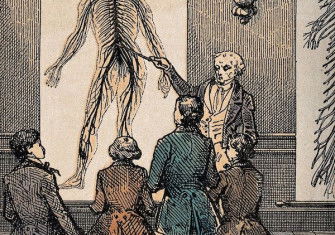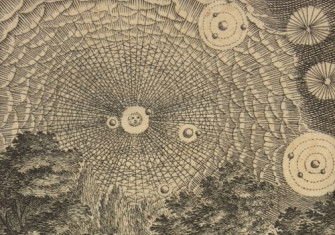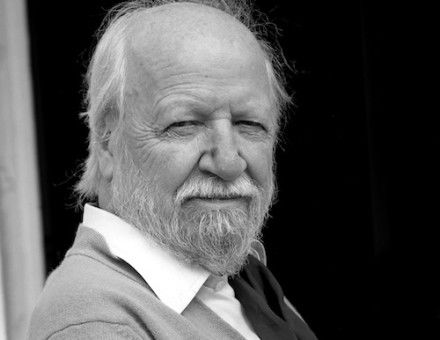God’s Machines: Descartes and Nature
How should we see the natural world? For Descartes it was a mechanism, but a wondrous one.

As a young man, the not-yet-famous philosopher René Descartes lived for a while in a very famous place: Saint-Germain-en-Laye, 20 km outside Paris, where French kings had been building magnificent residences since the 12th century. By the 1600s the palatial châteaux were not even the main attraction. King Henry IV had commissioned two renowned Italian engineers, the Francini brothers, to embellish his gardens with lifelike moving automata and intricate hydraulic amusements, all sophisticated enough to rival those of the grand dukes of Tuscany.







